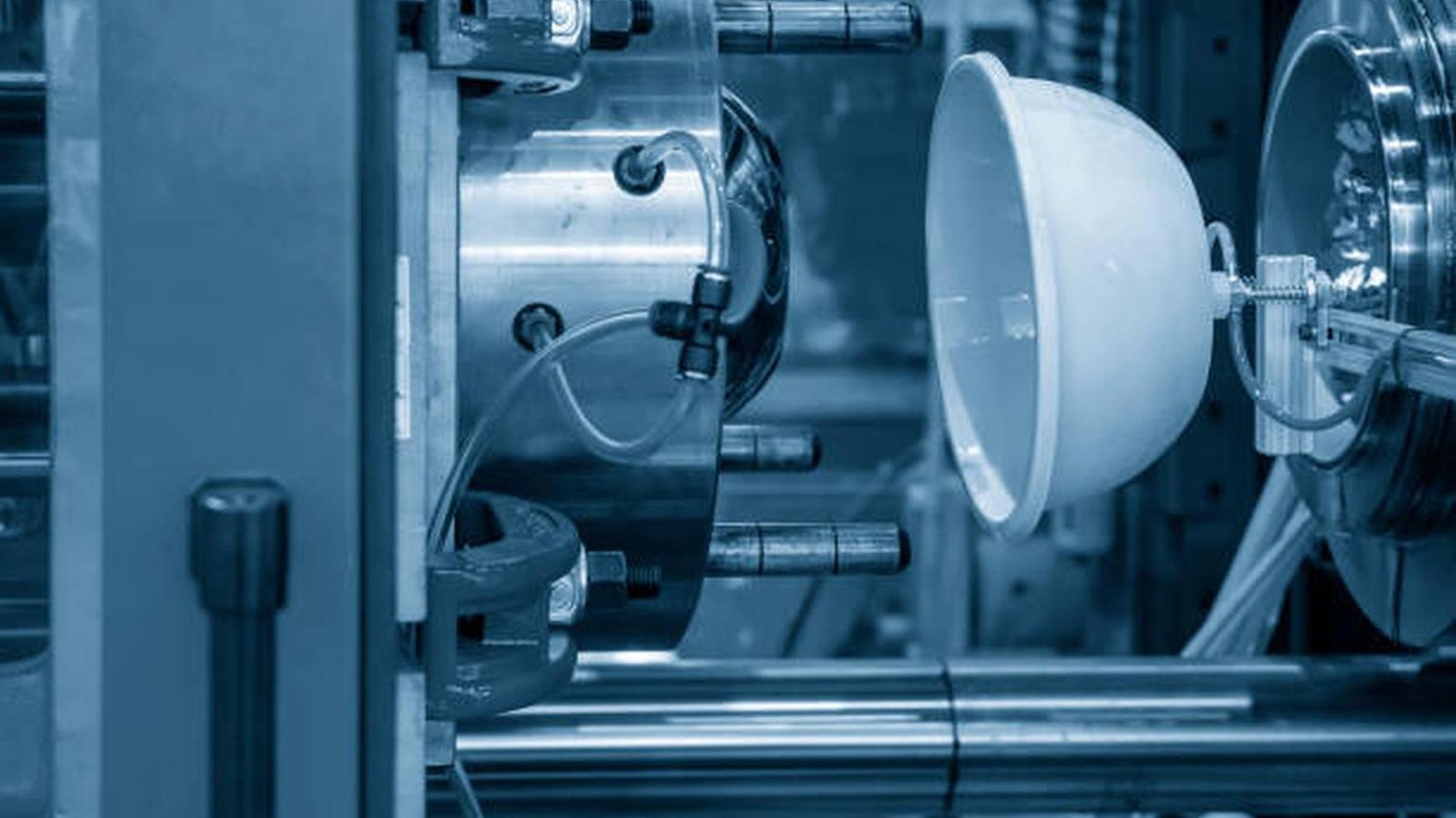Introduction
Plastic mold injection is a popular method of manufacturing plastic products. The process involves melting plastic pellets and injecting them into a mold to create the desired shape. This method offers several advantages and disadvantages that should be considered before choosing it for your product manufacturing needs.
Advantages
-
High Efficiency
Plastic mold injection is a highly efficient method of manufacturing plastic products. The process can be automated, which means that large volumes of products can be produced quickly and consistently.
-
High Precision
The mold used in plastic mold injection can be designed to create intricate and complex shapes with high precision and accuracy. This is particularly useful for products that require a high level of detail and consistency.
-
Wide Range of Materials
Plastic mold injection can be used to manufacture products from a wide range of materials, including thermoplastics, thermosets, and elastomers. This versatility means that manufacturers can choose the material that best suits their product requirements.
-
Cost-effective
Plastic mold injection can be a cost-effective method of manufacturing plastic products, especially when producing large volumes. The process is also highly repeatable, which reduces the need for rework or scrap.
Disadvantages
-
High Initial Setup Costs
The initial setup costs for plastic mold injection can be high, as the mold needs to be designed and manufactured before production can begin. This can be a significant investment for small businesses.
-
Limited Flexibility
Once the mold has been designed and manufactured, it cannot be easily changed. This means that manufacturers need to be confident in their product design before proceeding with plastic mold injection.
-
Large Volumes Required
The efficiency of plastic mold injection means that it is most cost-effective when producing large volumes of products. This may not be suitable for smaller businesses or products with lower demand.
-
Environmental Impact
Plastic mold injection can have a negative environmental impact due to the use of plastic materials. However, the impact can be reduced by using recycled or biodegradable materials.
Conclusion
Plastic mold injection is a highly efficient and versatile method of manufacturing plastic products. It offers high precision and accuracy, a wide range of materials, and cost-effectiveness for large volumes. However, it also has high initial setup costs, limited flexibility, and may not be suitable for smaller businesses or products with lower demand. The environmental impact of plastic mold injection can also be a concern. Careful consideration of the advantages and disadvantages is necessary before choosing this method for your product manufacturing needs.

